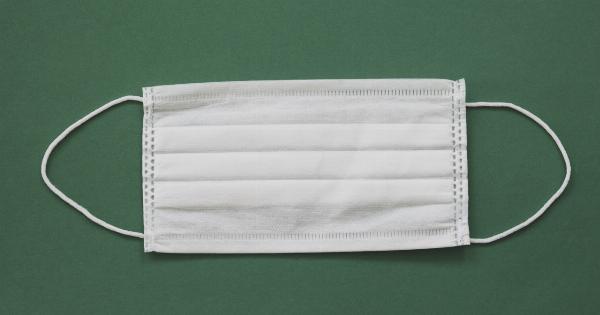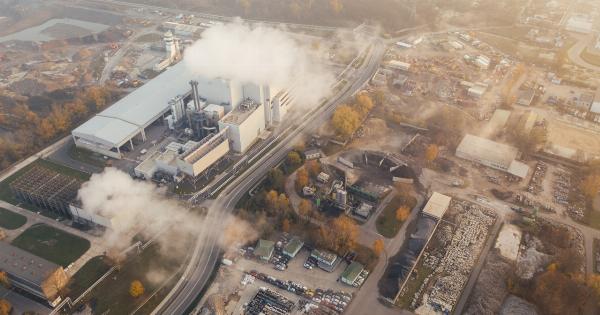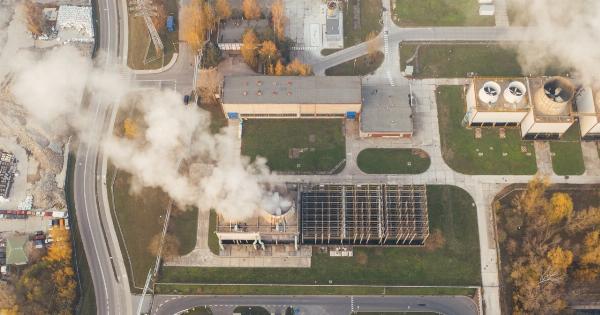A sneeze is a forceful expulsion of air from the mouth and nose. It is primarily triggered by irritants in the nasal passages, such as allergens, dust, or viruses.
During a sneeze, droplets are expelled into the surrounding environment, potentially carrying infectious agents.
The Importance of Studying Sneezes
Understanding the dynamics of droplets during a sneeze is crucial for various reasons. Firstly, it helps us comprehend how diseases can spread through the air.
For example, respiratory diseases like influenza and COVID-19 can be transmitted through airborne droplets expelled during a sneeze.
Furthermore, studying sneezes allows researchers to develop effective preventive measures, such as vaccines and improved hygiene practices.
By understanding how droplets disperse and travel, it becomes possible to develop strategies to mitigate the risk of disease transmission in crowded places like hospitals, schools, and public transportation.
The Process of Sneezing
A sneeze involves several stages, each contributing to the expulsion of droplets:.
H1 – Stage 1: Irritation
The first stage of a sneeze is the irritation phase. This occurs when an irritant, such as dust or pollen, enters the nasal passage. The sensory receptors in the nasal lining detect the irritant and signal the brain, initiating the sneezing process.
H1 – Stage 2: Inhalation
During the inhalation phase, an individual takes in a deep breath, increasing the volume of air in their lungs. This deep inhalation allows for a more forceful expulsion of air during the sneeze.
H1 – Stage 3: Closure of the Vocal Cords
As the sneeze reflex intensifies, the body prepares for the forceful expulsion. The vocal cords close to prevent any significant airflow through the vocal tract. This closure redirects the air towards the nasal and oral pathways.
H1 – Stage 4: Build-Up of Pressure
In this stage, the diaphragm contracts forcefully, and the muscles surrounding the lungs contract. This rapid contraction increases the pressure in the lungs and the respiratory tract.
H1 – Stage 5: Sudden Release
Finally, the built-up pressure is released explosively, propelling the air, and any droplets within it, out of the mouth and nose at high speed.
The droplets are dispersed in different directions, influenced by factors such as the force of the sneeze, humidity, and airflow in the environment.
High-Speed Imaging of Sneezes
Understanding the dynamics of droplets during a sneeze requires high-speed imaging technology. By using cameras capable of capturing thousands of frames per second, researchers can slow down the movement of droplets and analyze their behavior.
Through high-speed imaging, scientists have observed that droplets expelled during a sneeze can travel at speeds of up to 100 miles per hour.
The size of the droplets also varies, with larger droplets typically traveling shorter distances compared to smaller ones. This information is crucial in determining the potential reach of infectious droplets.
Factors Affecting Droplet Dynamics
Several factors influence droplet dynamics during a sneeze:.
H1 – Humidity
Humidity plays a significant role in determining the behavior of droplets. In dry environments, droplets can evaporate more quickly, potentially leaving behind smaller particles that remain suspended in the air for a longer time.
In contrast, higher humidity levels can cause droplets to remain larger and fall to the ground faster.
H1 – Airflow
The direction and velocity of airflow in the environment can affect the dispersion of droplets. Strong air currents can disperse the droplets over a wider area, increasing the potential for disease transmission.
Understanding the influence of airflow can assist in designing ventilation systems that minimize the spread of airborne contaminants.
H1 – Size Distribution
Droplets expelled during a sneeze vary in size, ranging from larger respiratory droplets to smaller aerosolized particles.
Larger droplets tend to travel shorter distances before gravity pulls them to the ground, while smaller particles can remain suspended in the air for longer periods, potentially being inhaled by others.
H1 – Environmental Surfaces
Droplets from a sneeze can land on various surfaces, such as tables, doorknobs, or clothing.
Depending on the type of surface, the droplets can survive for different lengths of time, increasing the risk of indirect transmission if someone touches the contaminated surface and then touches their face.
Impact on Disease Transmission
The study of sneeze dynamics is vital in understanding disease transmission, particularly for respiratory illnesses. Respiratory droplets expelled during a sneeze can contain viral particles, making them a potential source of infection.
By understanding how droplets travel and behave, scientists can devise strategies to minimize disease transmission.
These strategies may include wearing masks, maintaining physical distancing, promoting hand hygiene, and optimizing ventilation systems in enclosed spaces.
Conclusion
Sneezes play a significant role in the transmission of respiratory diseases. Studying the dynamics of droplets during a sneeze can provide valuable insights into disease spread and enable the development of effective preventive measures.
High-speed imaging technology allows for the detailed analysis of droplet behavior, considering factors such as humidity, airflow, and droplet size distribution. By understanding and controlling the various factors that influence droplet dynamics, it becomes possible to reduce the risk of disease transmission and protect public health.






























